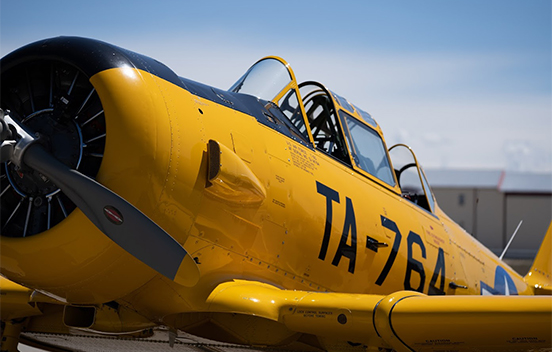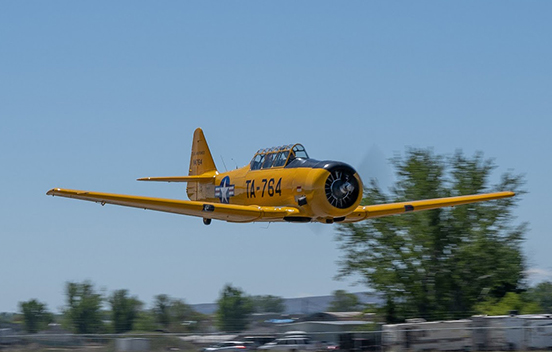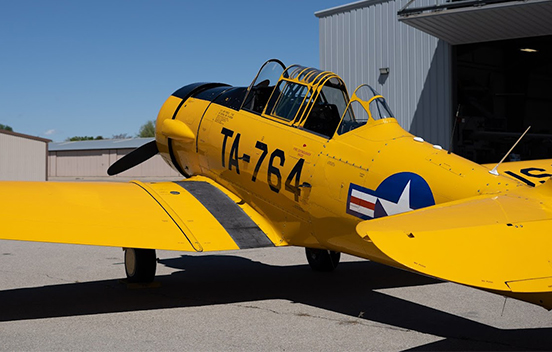T-6G




John & Sue Paul

North American T-6G Texan
The North American Aviation T-6 Texan was a single-engine advanced trainer used to train pilots of the United States Army Air Forces and Navy, the Royal Air Force, and other air forces of the British Commonwealth during World War II and into the 1950s. It earned the nickname “pilot maker” as it was the final hurdle facing pilot candidates in preparing them for combat.
The T-6 was known by a variety of designations depending on the model and operating air force. In the US the Army Air Corps designated it an AT-6 while the Navy called it an SNJ. British Commonwealth air forces referred to it as a Harvard – the name it is best known by outside of the United States. Re-designated as T-6s in 1948, a total of 15,495 of all variants were built.
Noted for their safety record and maintenance reliability over the years, the T-6 variants trained thousands of pilots as well as being used for gunnery training and as observation aircraft. Some countries have even used them as fighters. The South Africa Air Force was the last known military to use Texans as trainers in 1995, which gives it a working history of 60 years.
The T-6 remains a popular warbird used for airshows, static displays, and simulating Japanese aircraft in movies depicting WWII in the Pacific. The Warhawk Air Museum, through donations, was able to purchase this T-6G from the estate of Anthony “Tony” Banta. Tony was an Air Force test pilot, an astronaut candidate, and a restorer of historic military aircraft.
North American T-6G Texan Specifications
- Built:
The T-6G was an earlier model AT-6/T-6 reconstructed from 1949 to 1953. - Engine:
Pratt & Whitney R-1340-AN-1 of 600 hp. - Crew: 2 (student & teacher)
- Length: 29’6″
- Height: 10’10”
- Wingspan: 42′
- Max Weight: 5,617 lbs
- Range: 770 miles
- Service Ceiling: 23,200 ft
- Max Speed: 210 mph
- Rate of Climb: 1,200 ft/min


 Opens in new window
Opens in new window  Opens in new window
Opens in new window  Opens in new window
Opens in new window